工事が完成しました The repaired roof

継ぎはぎだらけですが、雨漏りの心配はなくなりました。 The roof is repaired.
越後の古民家農園 渋柿隊
Nature
Your Emotional
Health
原風景で癒される
日本の典型的古民家でほっこり
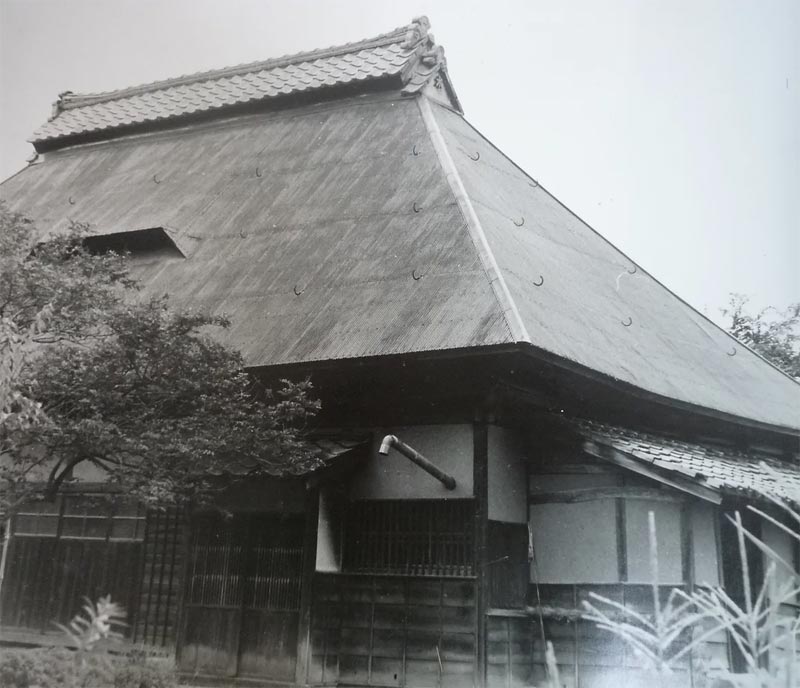

継ぎはぎだらけですが、雨漏りの心配はなくなりました。 The roof is repaired.

越後にも春がやってきました。コロナ禍前に植えた桜がようやく咲くようになりました。この後、ソメイヨシノが咲き、八…
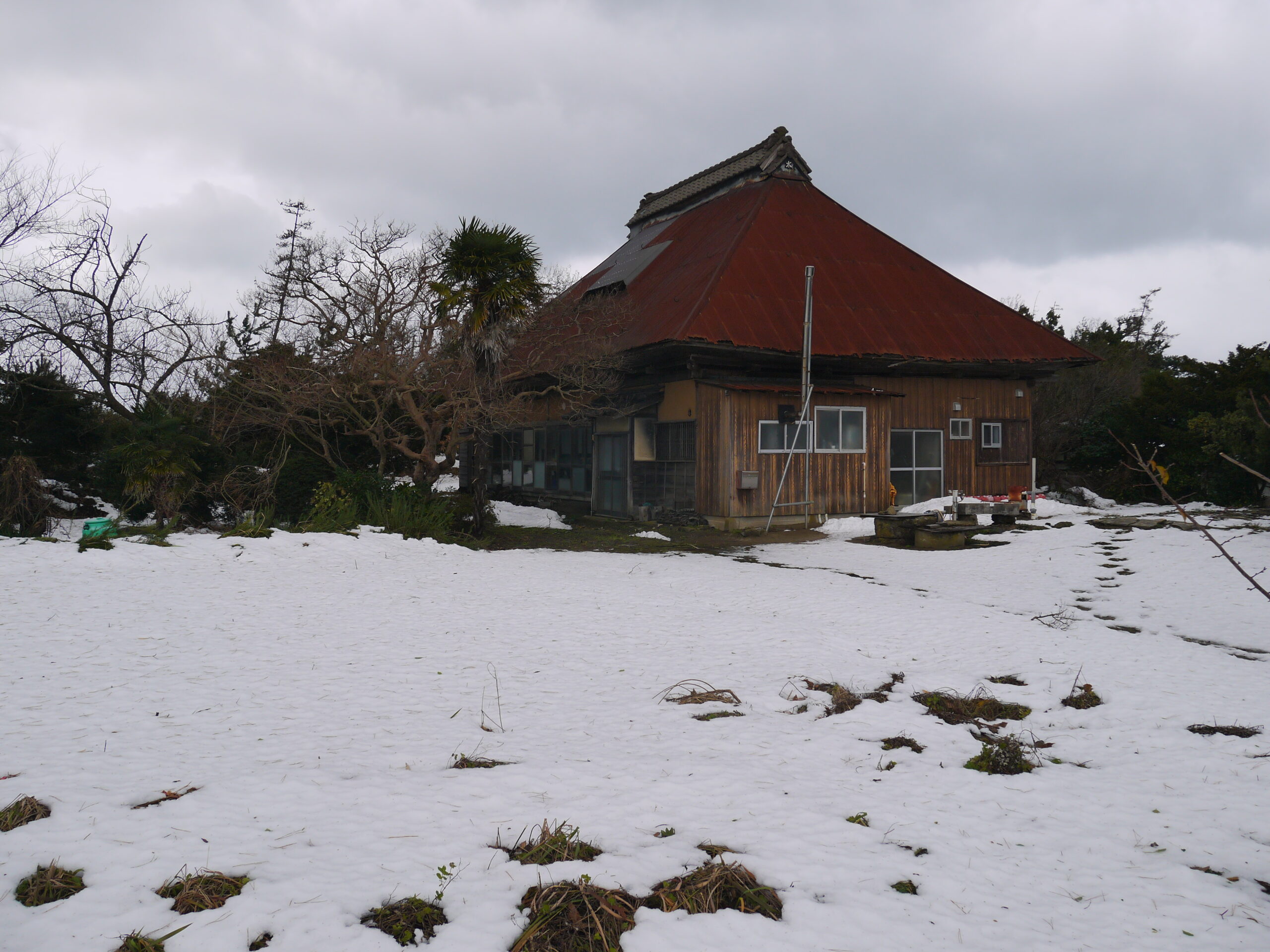
新潟全域が雪深いわけではないのです。Some areas in Niigata rarely have sno…
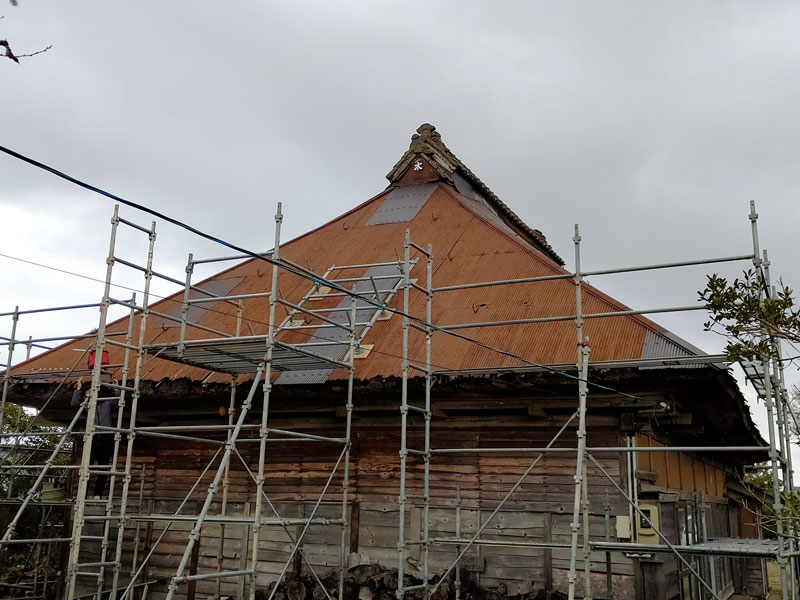
越後は冬に嵐と雷がすごいです。それで古いトタン屋根は吹き飛ぶことが多いので、毎年少しづつ修理しています。 We…
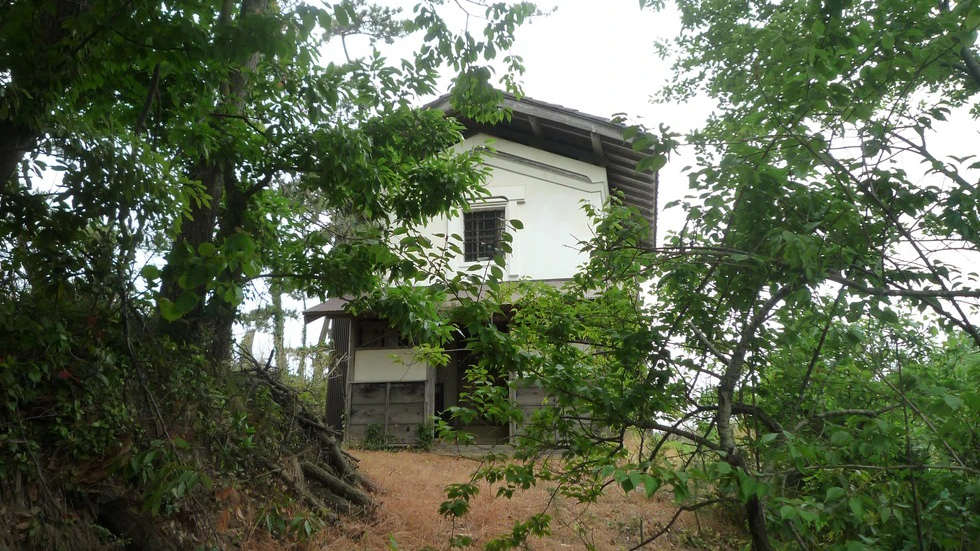
庭には土蔵があります。この夏はここを書庫と倉庫にしようと計画しています。
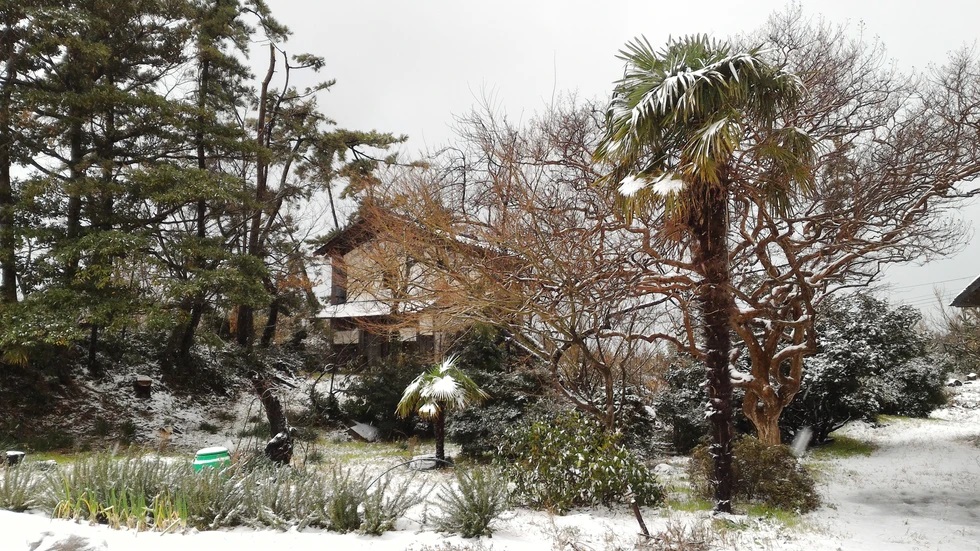
原風景というのはイメージの中の世界、いわばVRなのです。「昔見たような」気にさせる風景であり実体験であることは…
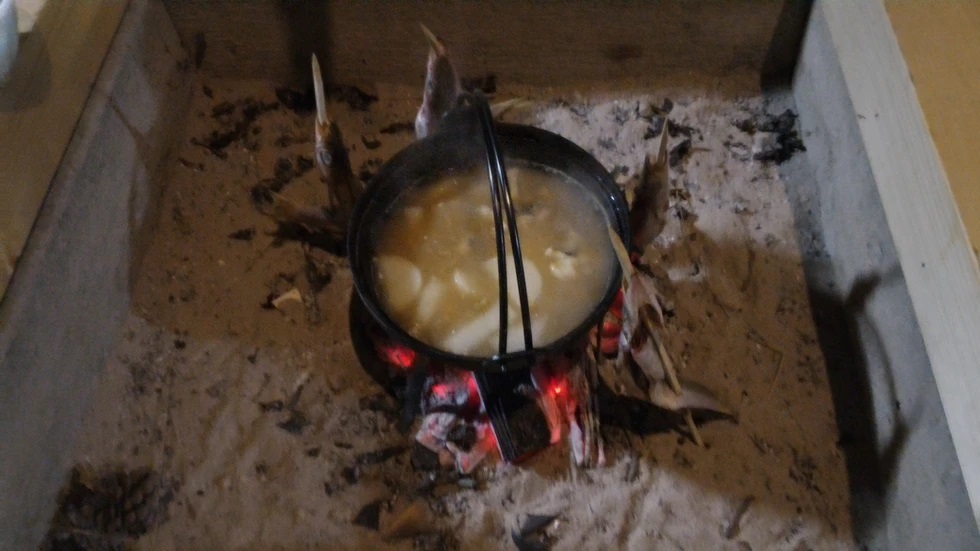
今、1960年代、70年代に買った本を読み返しています。半世紀経って読み返して見ると、昔わからなかったこと、当…
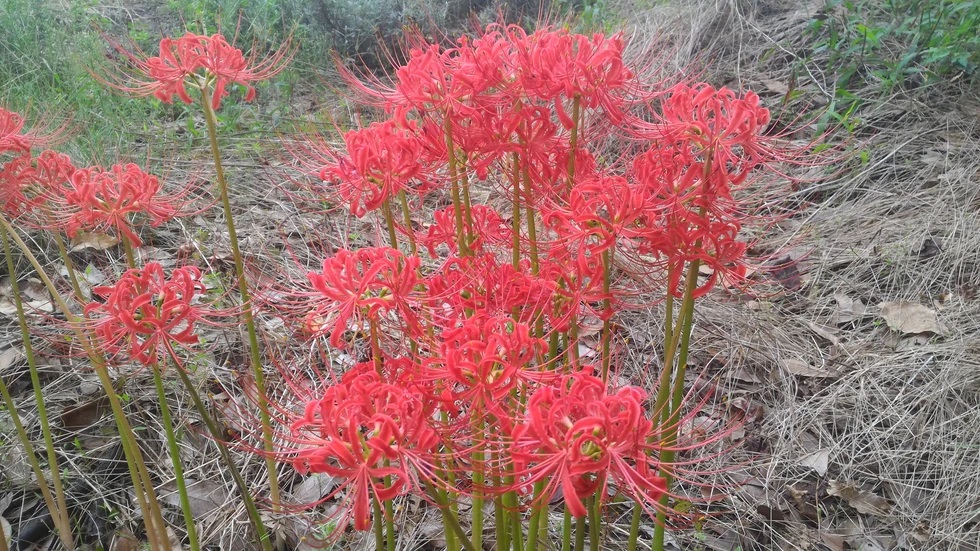
お彼岸に咲くから彼岸花。わかりやすい命名ですけど、春の彼岸には咲きません。だったら秋彼岸にしてほしいところです…
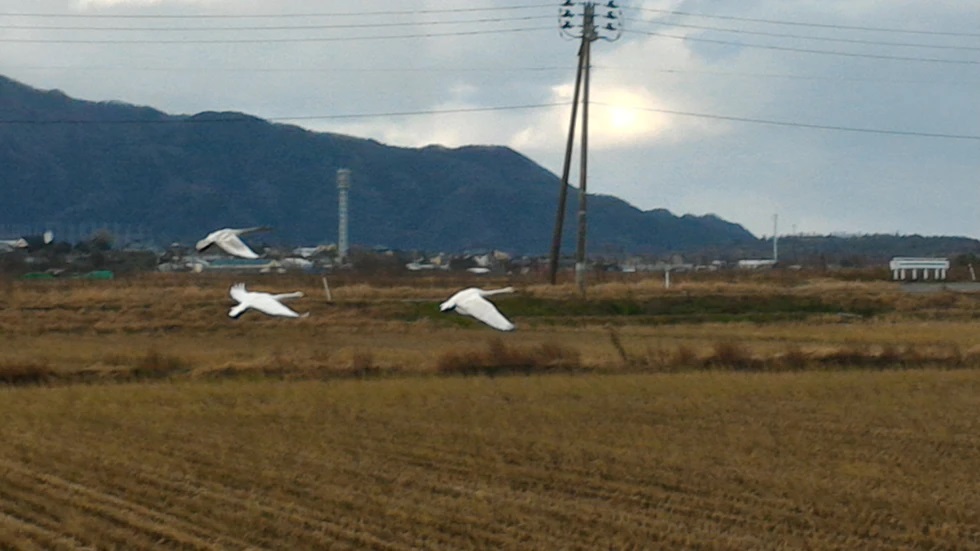
ここのあたりの田んぼには白鳥が飛来します。昔はほとんど来なかったのが、この20年位の傾向だそうです。 意外です…
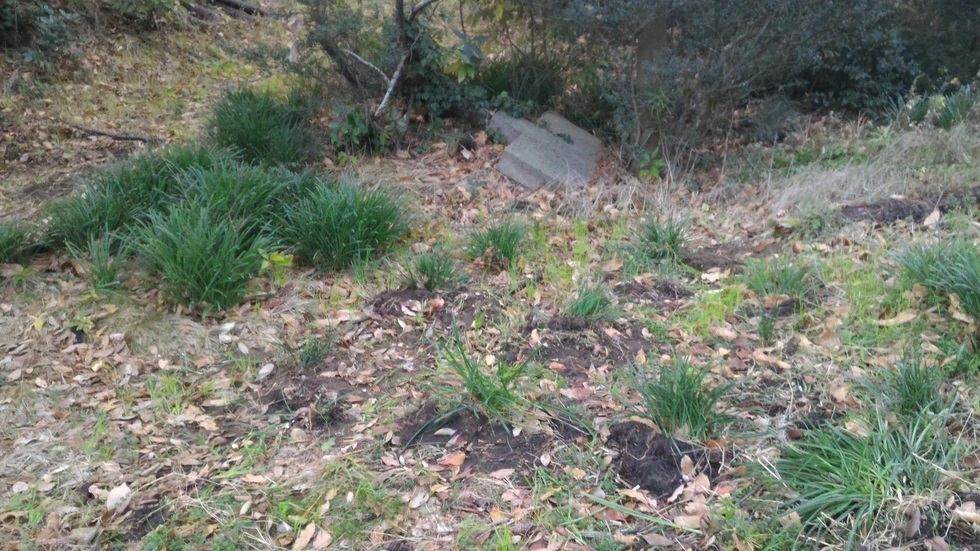
この辺りは雪も少ないので、冬にもいろいろ仕事があります。今年は彼岸花の植え替えをしました。彼岸花は球根で増える…
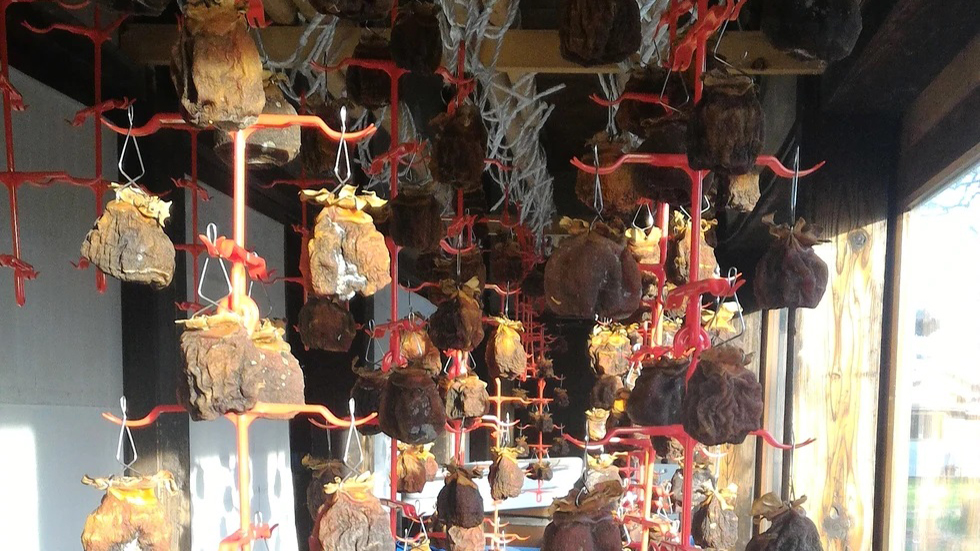
干し柿作りも昨年が3回目。だいぶ手馴れてきました。昨年の柿は豊作で実も大きかったので、大きく甘い干し柿ができま…
About
渋柿隊屯所 市助
Itchy Sue-Kay
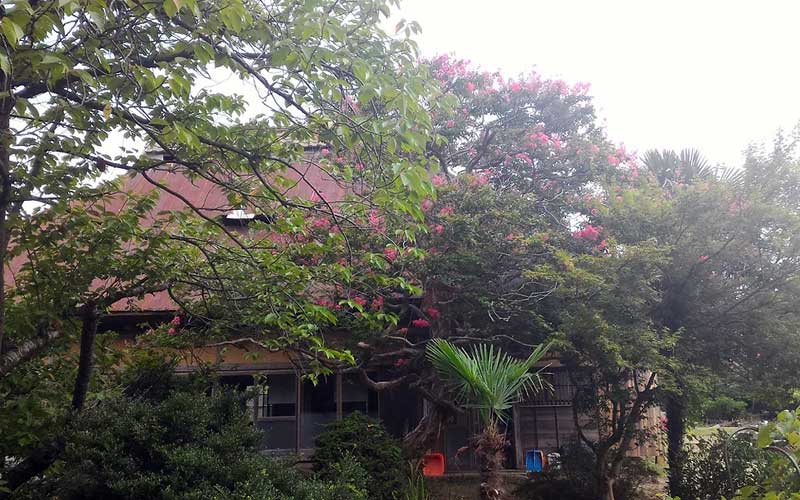
市助は創建当時の屋号です。
大正時代に建てられ廃屋同然であったこの家を譲り受け、できるだけ元のまま復元することにしました。そのためプロの手によるリフォームをせず、自分たちのDIYで補修することにしました。時間はかかりますが、丁寧に元の味を残して、日本の原風景を保存しようと考えたのです。そして長い廊下に干し柿が下がっている姿はこの地方の正に原風景です。
しかし現代生活の必要上、トイレ、風呂、台所はプロの手を借りて最新のものにしました。
囲炉裏だけが暖房施設だったので、薪ストーブを設置。冷蔵庫と電子レンジを設置したので、残念ながら竈ではありません。
Itchy Sue-Kay was the name this house built by the old farmer in about a hundred years ago. We try to reform, not rebuild, as it used to be, however bathroom and kitchen were remodeled by the professional carpenters, otherwise are all done by our DIY work. Dried persimmons hanging in the traditional long corridor was the nostalgic scene of the old Japanese country. The renewal facilities are a bath, a toilet, water, a fridge, and a microwave for modern life. Still, the wood fires of a stove and the two iroris would warm you.
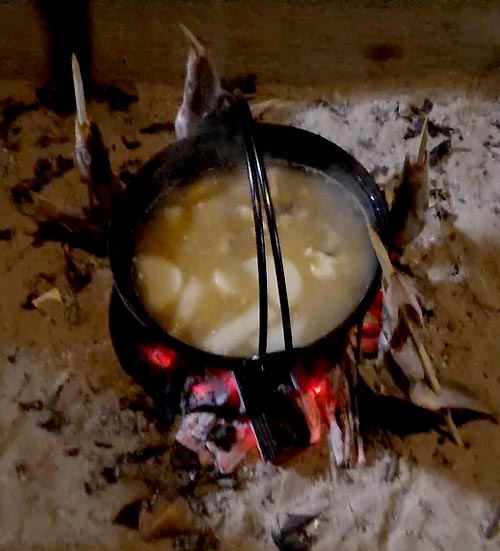
昔は畑で農業が当たり前だったでしょうが、今は大変な労働なので、比較的手のかからないハーブ栽培をすることにし、干し柿製品とアロマ製品作りを目指しました。
Agriculture has been a primary business that forces us a lot of hard work. We change it to easier work as herbal farming and producing dry persimmon and aroma products.
広い庭には八重桜、梅、そして樹齢百歳のサルスベリがあり、土蔵もあります。季節にはうぐいすや時々雉もやってきます。そして庭の向こうには角田山が見られます。なぜ福祉農園を名乗るかというと、農作業やものづくりは聴覚障害者が中心だからです。
The cherry and the plum broom in spring with the cheeps of a night-in-gale. The crape myrtle of more than a hundred-year-old brooms in summer and a peasant comes near the clay burn in the herb garden. The hearing disabled people provides all the field work and other labor.
福祉農園について
Purpose of Itchy-Sue-Kay,
the Welfare farm.
市助は聴覚障害者の実験作業場として設立されましたが、もう1つの目的は高齢者の多い地域で古民家の空き家が多いのを再生しようということにあります。
Itchy Sue-Kay was built as an experimental farm for the hearing disabled people, otherwise as sample of remodeling an old house not used in the area where many older generations live.
聴覚障害者の就労支援事業では、安い工賃での内職が中心です。それはそれで大切な収入源ですが、時には屋外での農作業も楽しく、収穫の喜びが得られるので、やりがいにつながるのではないかと考えました。
Most of the hearing disabled people are engaged in in-house jobs, however farming outside is happy for them with the joy of harvest.
普通の福祉農業は、農業の労働不足を補うもので、障害者に向いているものとは限りません。外国人就農者は次第に日本語でのコミュニケーションにも慣れていきますが、手話に依存する聴覚障害者は永遠に慣れていくことはありません。農業にはけっこう専門用語がありますが、農業用手話は皆無です。
Welfare Agriculture Business proposed by a government is to compensate short of labor in agriculture in Japan, which is not always good for the hearing disabled. Farmers from other countries would get used to communication in Japanese language but the hearing disable could never because they rely on signing that lacks technical terms in agriculture business.
そもそも農業手話を開発するにはまず実験農場が必要です。日本語を単純に翻訳、というわけにはいきません。たとえば「リュウアン」というよく使う農薬があります。
漢字で「硫安」と書き、袋にもそう書いてあります。「硫」という漢字に対応する手話はありません。「安」という字を訳すと<安全>という手話になるでしょう。現状だと、リュウアンと指文字でするか、<流れる><安全>と翻訳されるでしょう。指文字は時間がかかります。<流れる・安全>では、「安全に流れるもの」と理解され、危険性がまったく感じられません。そもそも硫安とは硫酸アンモニウムの省略で、水溶性はあるものの人間が直接触れることは危険性があります。<安全と>という手話では誤解が生じる可能性もあります。実際の現場では、現物を見せつつ、危険性を説明し、手袋をしなければならないことを理解させてから、作業しなければなりません。その上で、どのような手話を考案するかを考えねばなりません。実は硫安に限らず専門手話は背後にある意味をきちんと学習しつつ習得しなければならないのですが、実際には医療・看護関係以外はほとんど手がつけられていないのが現状です。
Farming by the deaf people have linguistic problems. Agricultural signs are not developed yet and literal translation from Japanese take a significant risk. For example, "ammonium sulfate” written on the bag. There is no sign for it and finger spelling means nothing to them taking a long time. They should wear gloves to protect from its poisonous function. Creating the proper sign should include easiness, speed, and function at the same time. Medical signs and nursing signs are under developing because they are socially essential, but agriculture signs are not yet.
福祉農園市助では、実際の作業を通じて、少しづつ農業手話も開発していく、という目的があり、時間をかけてじっくりと、聴覚障害者就労支援をしていく計画です。
Those agricultural signs would be gradually and steadily developed through the real work and communication at Itchy Sue-Kay, the welfare farm.
01.
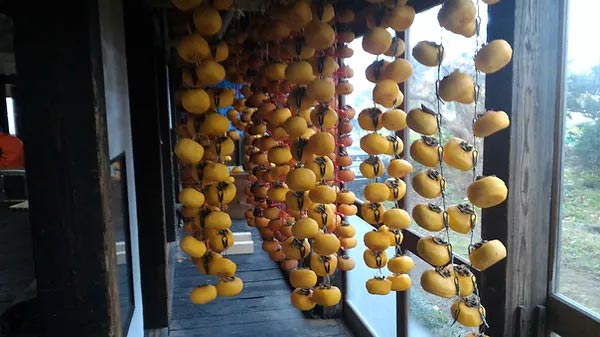
干し柿作り
Dried Persimmon
毎年、干し柿を作っています。
近くの巻地域は柿団地として、柿の名産地です。干し柿も原風景の一つです。干し柿は滋養だけでなく、薬用効果にも優れています。
Dried persimmon are good for health. It is a nostalgic scene of an old Japan.
02.
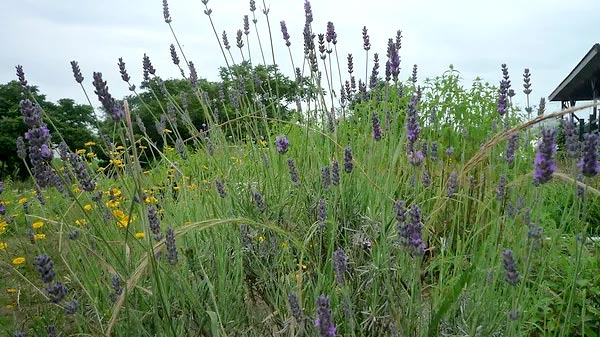
ハーブ栽培
Herb Garden
普通の農業は障害者には大変な負担です。ハーブ栽培が簡単というわけではないのですが、ミントなどは家庭菜園だと拡がって困るほど丈夫なので、向いているのではないかと思っています。製品もそれほど大がかりな設備は不要で、むしろ細かな手作業が必要なのも障害者の作業に向いていると思い、ハーブ栽培を始めました。
Planting herbs seem easier than other agricultures, especially for the handicapped people. No manufacturing facility is necessary to produce herbal commodity instead of hand works which suits for those people.
03.

ハーブ製品と
干し柿製品
Aroma and dried products
伝統的な甘みである干し柿はすべて自家製で、手剥きで廊下に陰干しします。干し柿はそのままの他に、あまり知られていませんが、バンやケーキの材料にもなります。ハーブは刈り取って古民家室内で陰干しします。干したハーブはオイルにしたり、エッセンスにします。
Dry persimmon is a traditional Japanese sweet. It is often enjoyed as it is peeled and dried but sometimes reproduced in many ways, cake, bread, jelly, or frozen. Peeling and drying is all done by home made.
Herbs are pruned and dried in the old farm house hung from the ceiling. Making herb oil and extract is the same as in Europe.